Not sure where to go next for your next adventure? There’s no better place to start with than the 7 wonders of the world! So, what are the 7 wonders of the world? Let Trip.com introduce each of these breathtaking locations to you!
Brief Introduction
In 2000, a Swiss company who named the New 7 Wonders started a campaign to select the new 7 wonders of the world. This company then launched a global voting contest in 2007, and with that, the new 7 wonders of the world were announced in the same year. They are the Taj Mahal, The Great Wall of China, The Colosseum, Chichen Itza, Petra, Machu Picchu, and Christ the Redeemer. Each of them stands as a testament to the great achievements of human civilizations in modern history, and a trip to these attractions is often on many people’s bucket lists. Today, Trip.com will bring you through the charm of each location and why it has attracted so many admirers!
The 7 Wonders of the World
1. Taj Mahal (Agra, India)

Source: Jovyn Chamb/ unsplash
Taj Mahal was completed in 1653
Apart from the breathtaking features of the mausoleum, another reason why it has captured so many people’s hearts may be because of the touching story behind its construction. The mausoleum was built by Emperor Shah Jahan for his beloved wife, Empress Consort Mumtaz Mahal. The Empress Consort died in childbirth in 1931, and Emperor Shah Jahan wanted to build a monument to represent his undying love for her. The Empress Consort’s tomb lies in the very center of the tomb chamber. Emperor Shah Jahan was later buried in the Taj Mahal as well beside his wife, and his tomb became the only exception to the symmetry of the Taj Mahal.
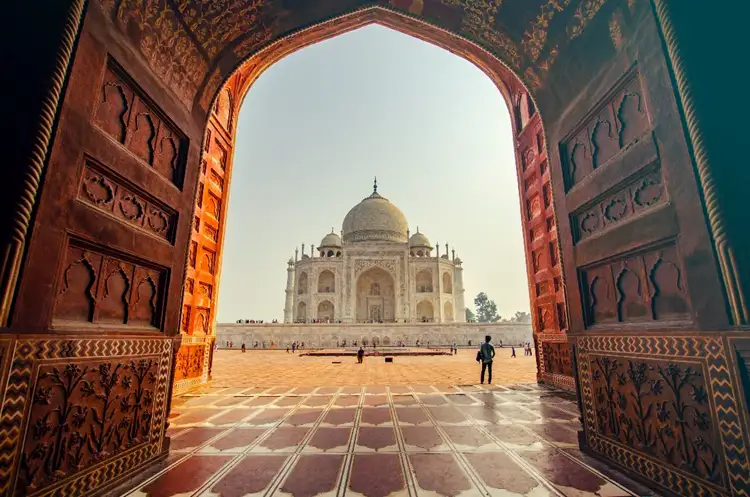
Source: Sylwia Bartyzel/ unsplash
Discover the touching romance behind this stunning mausoleum
2. The Great Wall of China (Northern China)

Source: Hanson Lu/ unsplash
The Great Wall of China is about 21,196 km long!
The Great Wall of China is 21,196 km long, and it stretches across northern China from Shanhai Pass in Hebei province to Jiayu Pass in the Gansu province. This awe-inspiring feat attracts more than 10 million visitors every year! The Great Wall of China was inscribed as a UNESCO World Heritage Site in 1987 for its historical and cultural significance. Some of the most well-preserved sections are located within the vicinity of Beijing, the capital of China. Hence, we will introduce some of the ways to reach the Great Wall of China from Beijing. However, do note that you can find many distinctive sights in different sections of the wall within other provinces.
A popular section of the Great Wall of China is the Shuiguan Great Wall Section, and its address is Shifosi Village, Badaling Town, Yanqing District, Beijing, China, 102112. The best time to visit this incredible 7 wonders of the world is during the fall season from Sep to Nov when the weather is more pleasant. From Apr 1st to Oct 31, the wall is open daily from 09:00 to 16:30. From Nov 1st to Mar 31, the wall is open daily from 09:00 to 16:00. The nearest airport to Shuiguan Great Wall is Beijing Capital International Airport, which is located 74 km away. This journey will take approx. an hour by car.
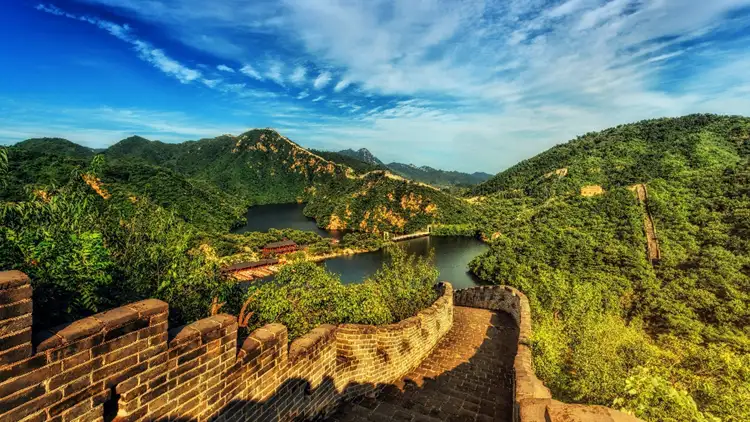
Source: Johannes Plenio/ unsplash
The Great Wall of China dates back to 220 B.C.
3. The Colosseum (Rome, Italy)
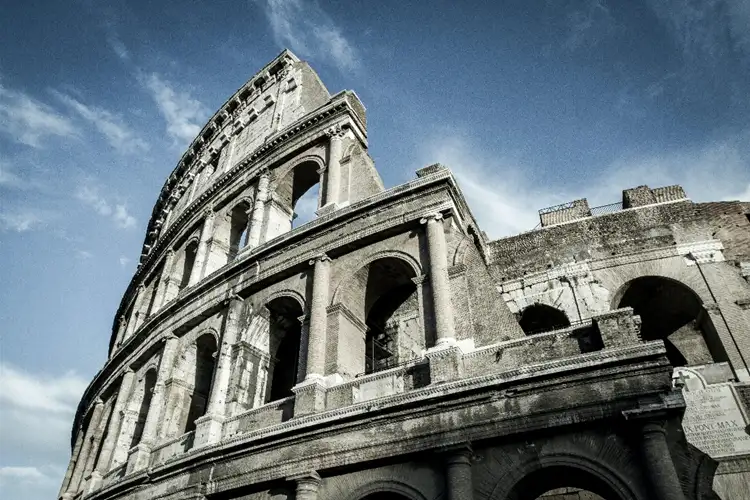
Source: Irene Ortiz/ unsplash
The Colosseum has been the largest amphitheater in the world since its construction till today
In 1349, the southern side of the Colosseum collapsed due to an earthquake, and the structure has also been damaged by stone robbers through the centuries. Despite the extensive damage suffered, the Colosseum remains one of the most popular tourist attractions in Rome, and it attracts over 6 million visitors every year. This 7 wonders of the world was inscribed as a UNESCO World Heritage Site in 1980 as part of the Historic Center of Rome.
The Colosseum’s address is Piazza del Colosseo, 1, 00184 Roma RM, Italy. The Colosseum is open all year round, except for Jan 1st and Dec 25. Nov till Feb is one of the best times to visit this attraction as there will be lesser tourists during these months. The opening hours are from 10:30 to 19:15, and the last admission is at 18:15. Visitors are advised to go during the first or last hours to avoid the mid-day crowd. The nearest airport to the Colosseum is the Rome Ciampino (CIA) Airport. The airport is about 15 km away, and the journey will take approx. 45 mins by car. Come and see this majestic icon of Imperial Rome today!
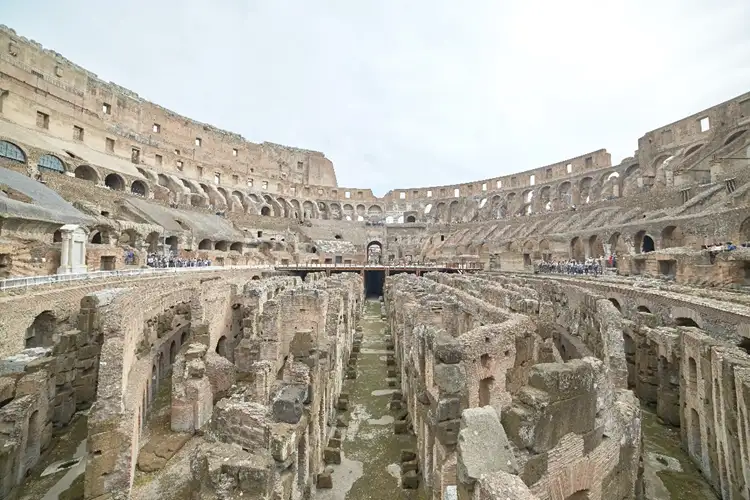
Source: Mathew Schwartz/ unsplash
Roam the Colosseum where the gladiators had fought almost 2,000 years ago
4. Chichen Itza (Yucatán State, Mexico)
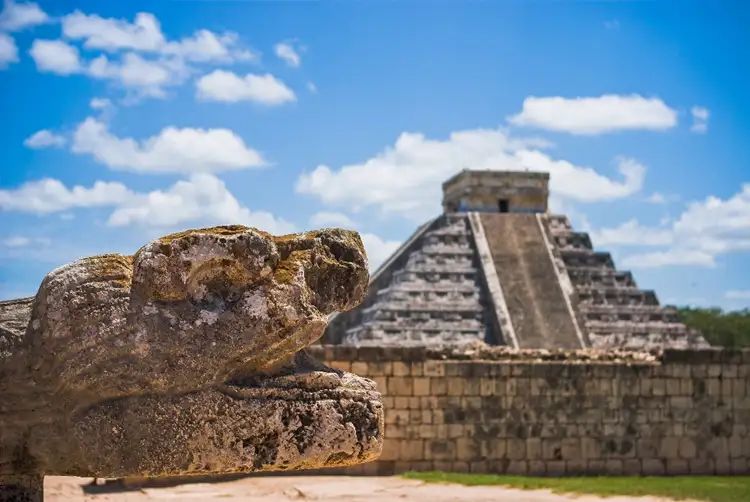
Source: Marv Watson/ unsplash
Explore the mysterious Mayan culture at Chichen Itza
Chichen Itza is where you can find many ancient manmade wonders. The most iconic building is the Temple of Kukulcán, which is a step pyramid built between 700–1,100 A.D. This temple worships the Mayan deity, Kukulcán, who is a feathered serpent. There are many brilliant features in this temple that showcase the sophisticated Mayan culture. The steps of the temple are meticulously calculated and arranged such that during the spring and autumn equinoxes, the sun would cast a shadow on the northwest balustrade to show the illusion of Kukulcán crawling down the pyramid. In addition, don’t be surprised when you hear visitors clapping their hands when you’re there. When you clap your hands, you can hear the pyramid mimicking the quetzal bird’s chirping sound!
Chichen Itza was inscribed as a UNESCO World Heritage Site in 1988, and it attracts about 2 million visitors every year. This 7 wonders of the world is located in the eastern region of Mexico in the Yucatán State, and the nearest airport is the Mérida International Airport. The airport is located about 140 km away, and the journey will take approx. 2 hrs by car. Chichen Itza is open from 08:00 to 17:00 every day. As the temperatures can be very hot during the summer months, the best time to visit Chichen Itza would be from Nov to Mar.
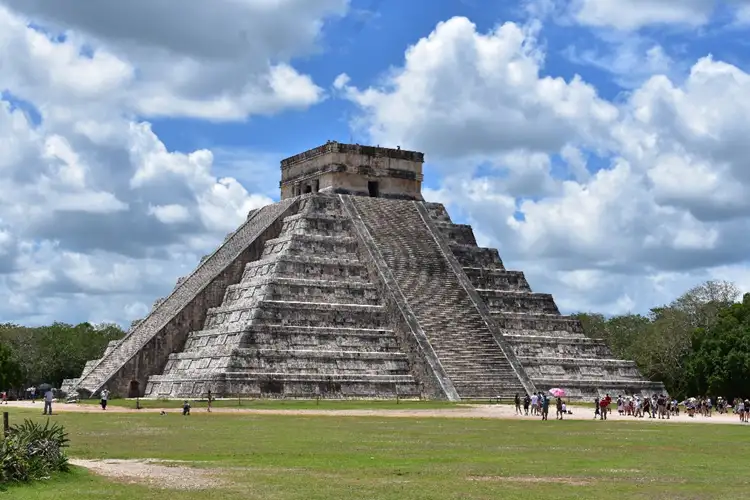
Source: Christina Abken/ unsplash
Visit the impressive Temple of Kukulcán at Chichen Itza
5. Petra (Jordan)

Source: Alex Vasey/ unsplash
Petra is a historic city in Southern Jordan that dates back to 7,000 B.C.!
The most prominent feature in Petra is the Al-Khazneh, which means "the treasury". The sophisticated façade is carved out of a sandstone rock face, and it’s believed to be Nabatean King Aretas IV’s mausoleum in the 1st century A.D. Later on, it was named the treasury as it was believed to have contained treasures. In 1985, Petra was inscribed as a UNESCO World Heritage Site, and it continues to attract over 1 million visitors every year. This is one of the top tourist attractions in Jordan.
The best time to visit Petra will be in the spring and autumn months from Mar to May and from Sep to Nov as the temperature will be cooler during these months. The nearest airport to this 7 wonders of the world is the King Hussein International Airport, which is located 135 km away. The journey will take approx. 2 hrs 10 mins by car. Petra is open daily from 06:00 to 18:00 during summer and from 06:00 to 16:00 in winter.
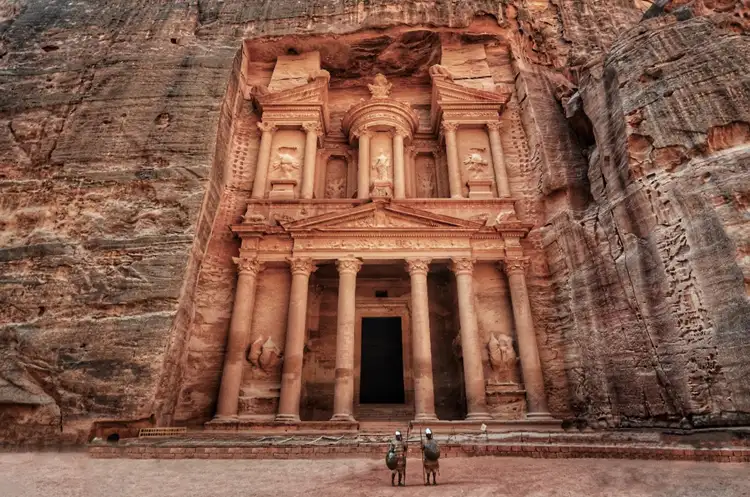
Source: Brian Kairuz/ unsplash
The Al-Khazneh is one of the most spectacular temples built in Petra.
6. Machu Picchu (Andes Mountain, Peru)
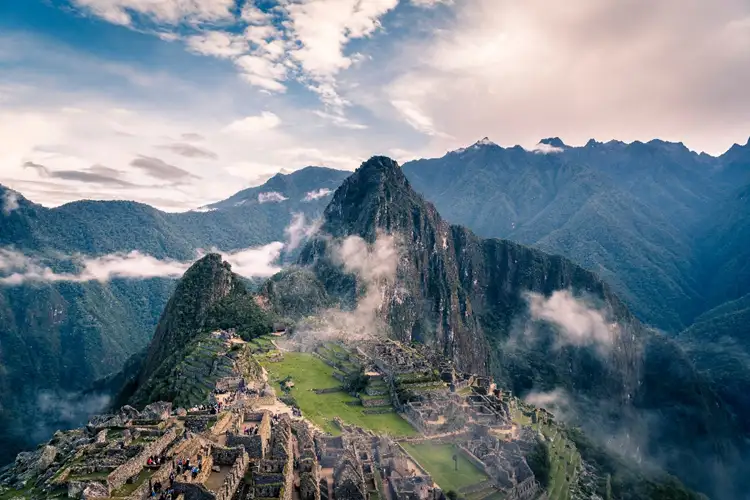
Source: Willian Justen de Vasconcellos/ unsplash
Machu Picchu is the icon of the Inca Civilization
Machu Picchu was abandoned when the Spanish invaders destroyed the Inca civilization, and it was only rediscovered in 1911 by an American archaeologist, Hiram Bingham. Machu Picchu’s historical significance has been recognized via its inscription as a UNESCO World Heritage Site in 1983 and its status as one of the 7 wonders of the world.
The best time to visit Machu Picchu is from Apr to Nov. As Machu Picchu is situated in a mountainous region, it’s best to avoid the rainy season from Dec to Mar. Visitors with greater flexibility in their travel plans are also advised to avoid the crowded peak season from Jun to Aug. The nearest airport to Machu Picchu is the Alejandro Velasco Astete Cusco International Airport.
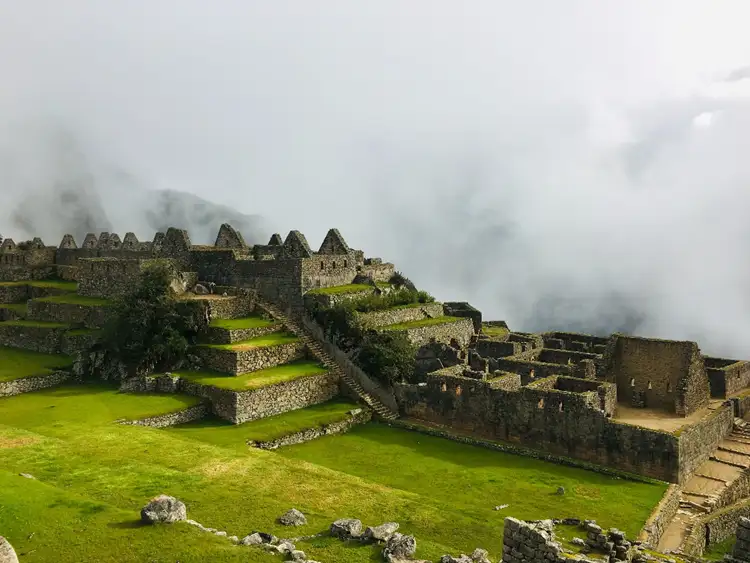
Source: Gabriel Rojas/ unsplash
Machu Picchu is estimated to be constructed in 1450, but it was discovered in 1911
7. Christ the Redeemer (Rio de Janeiro, Brazil)
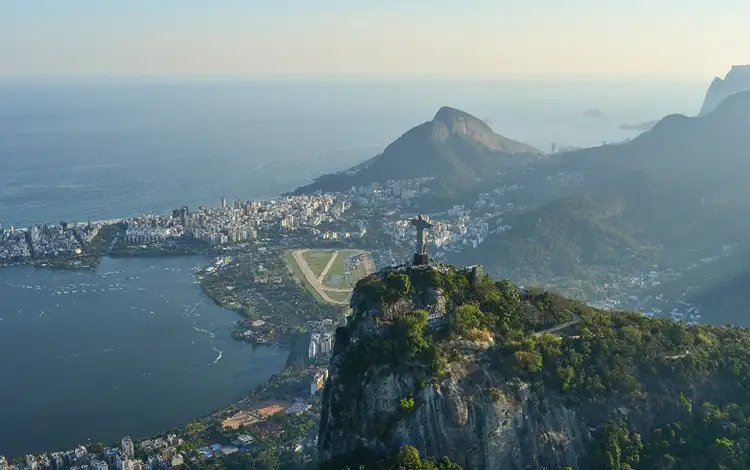
Source: Raphael Nogueira/ unsplash
Christ the Redeemer is a 30-meter tall statue of Jesus Christ
The best time to visit Christ the Redeemer is during Sep and Oct when visitors can explore the place in cooler weather. Visitors are also advised to avoid the mid-day crowd by going there in the early morning or the evening. Christ the Redeemer’s address is Parque Nacional da Tijuca - Alto da Boa Vista, Rio de Janeiro - RJ, Brazil, and the attraction is open from 08:00 to 19:00 daily. The nearest airport is Rio De Janeiro-Galeao Airport which is about 24 km away. The journey will take approx. 30 mins by car.
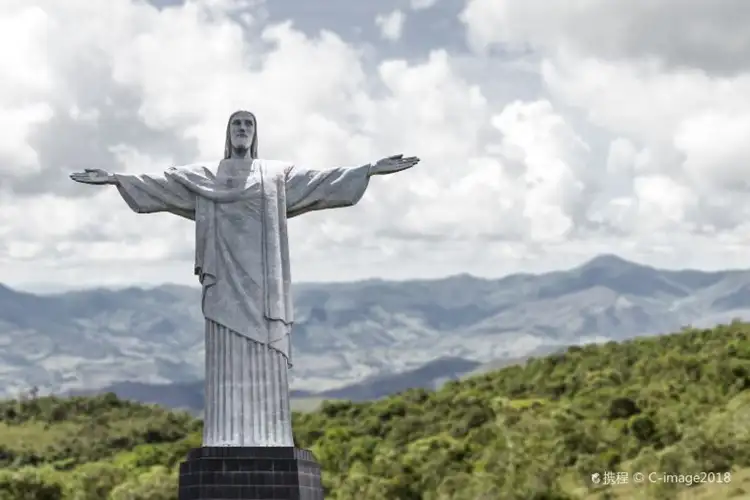
Completed in 1931, Christ the Redeemer is the youngest among the 7 Wonders
Kickstart Your Adventure to the 7 Wonders of the World With Trip.com Today
Taj Mahal, The Great Wall of China, The Colosseum, Chichen Itza, Petra, Machu Picchu, and Christ the Redeemer. Which one of these 7 wonders of the world will be the first on your list? No matter what’s your preference, Trip.com is ready to help you kickstart your adventure today!
FAQ
-
What are the new 7 wonders of the world?
Taj Mahal, The Great Wall of China, The Colosseum, Chichen Itza, Petra, Machu Picchu, Christ the Redeemer.
-
Which one is the youngest among the 7 wonders of the world?
Christ the Redeemer (completed in 1931).
-
Why is the number "7" chosen for the 7 wonders of the world?
Because the Greeks believed that "7" represented perfection.
-
When were the new 7 wonders of the world chosen?
The selection started in 2000, and the results were announced in Jul 2007.
-
How were the 7 wonders of the world chosen?
The 7 wonders of the world were chosen via an online poll which was organized by the New 7 Wonders Foundation.
